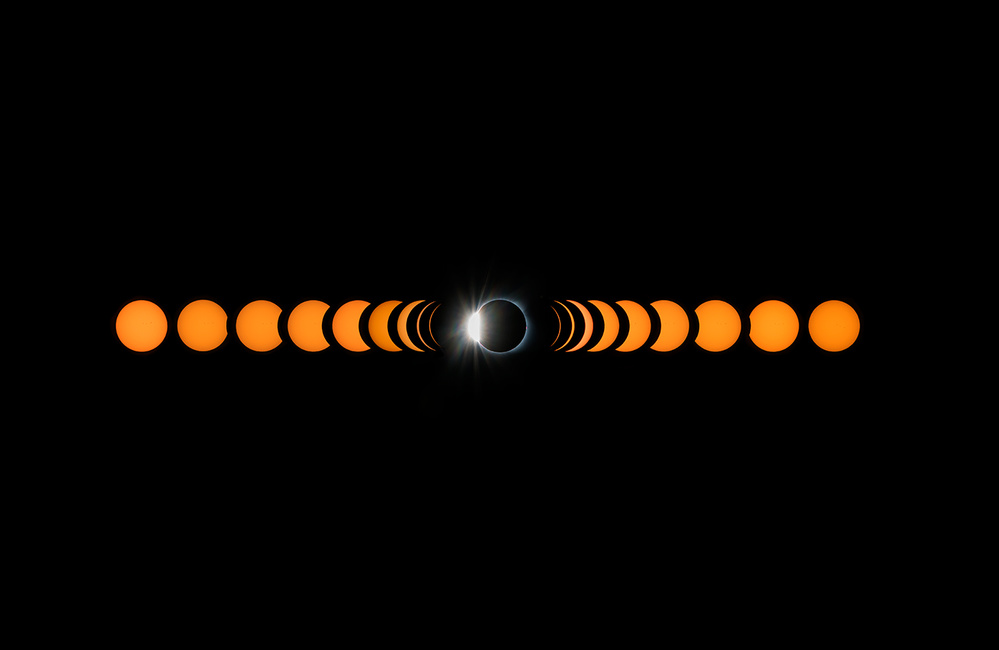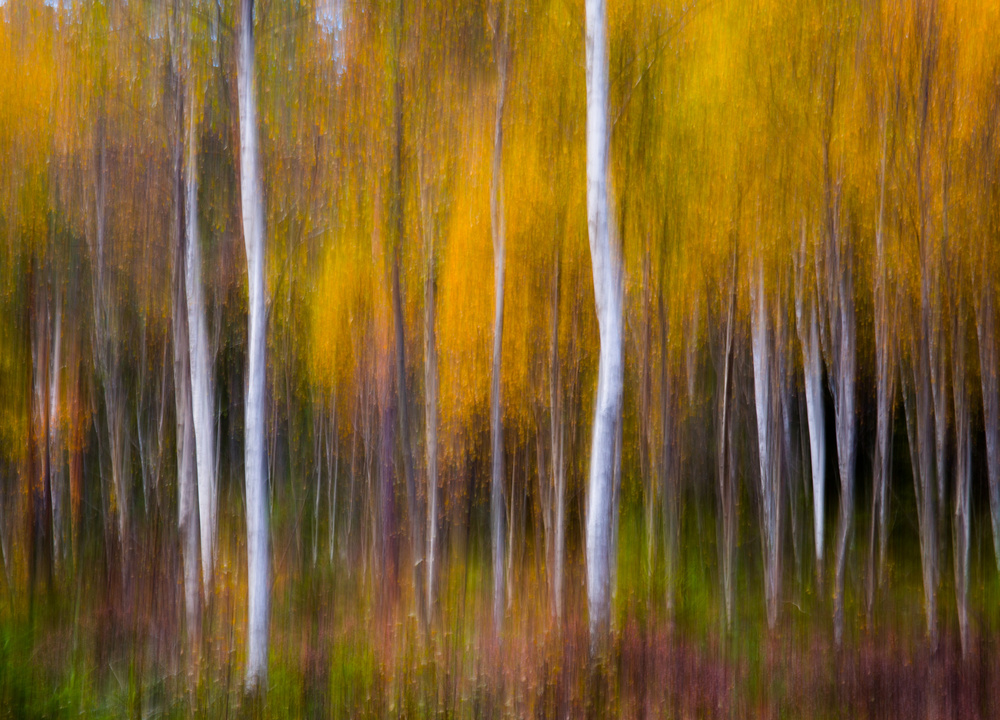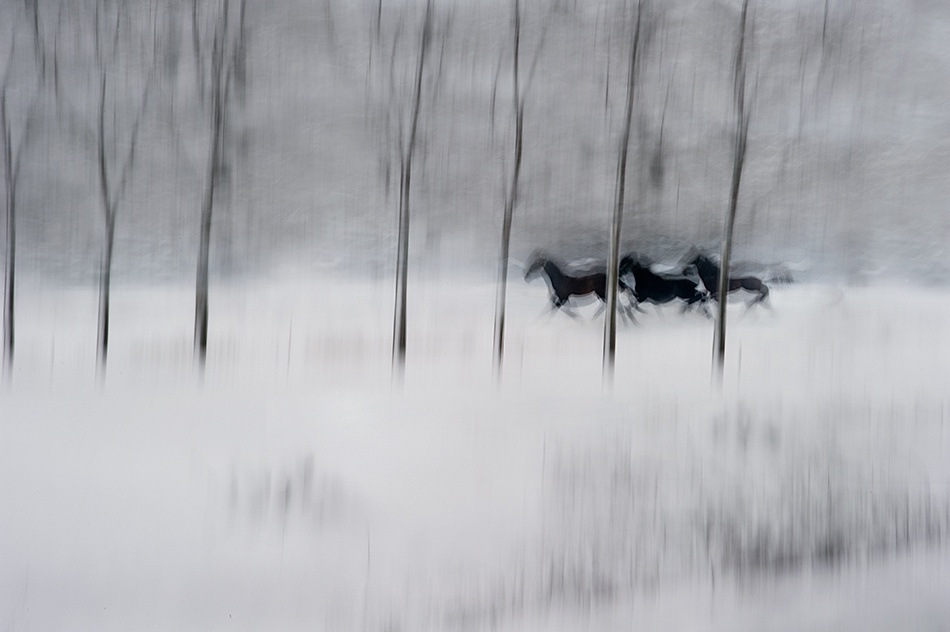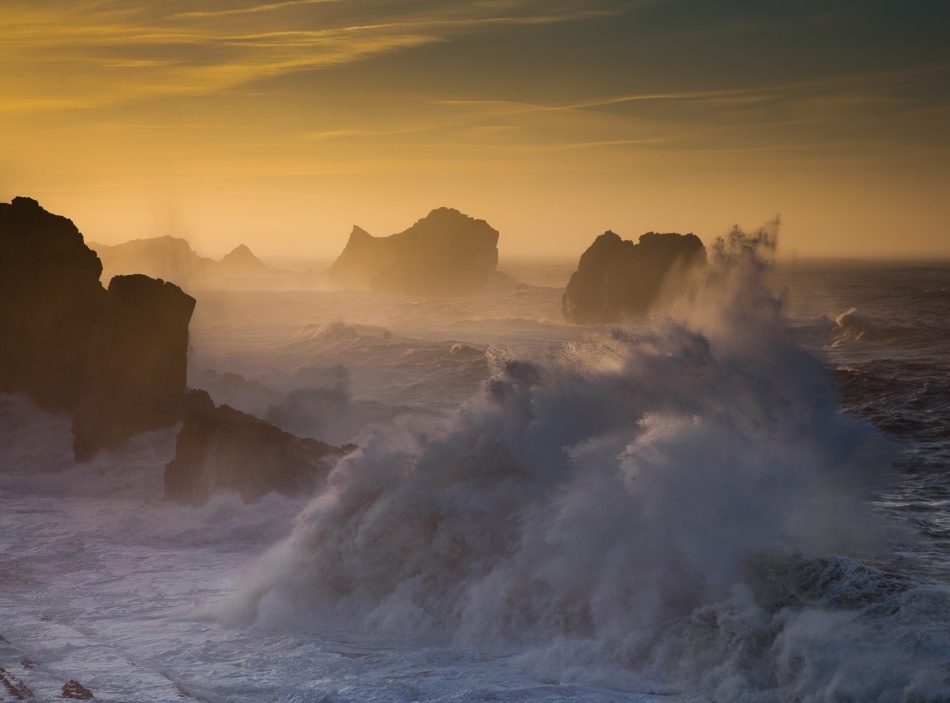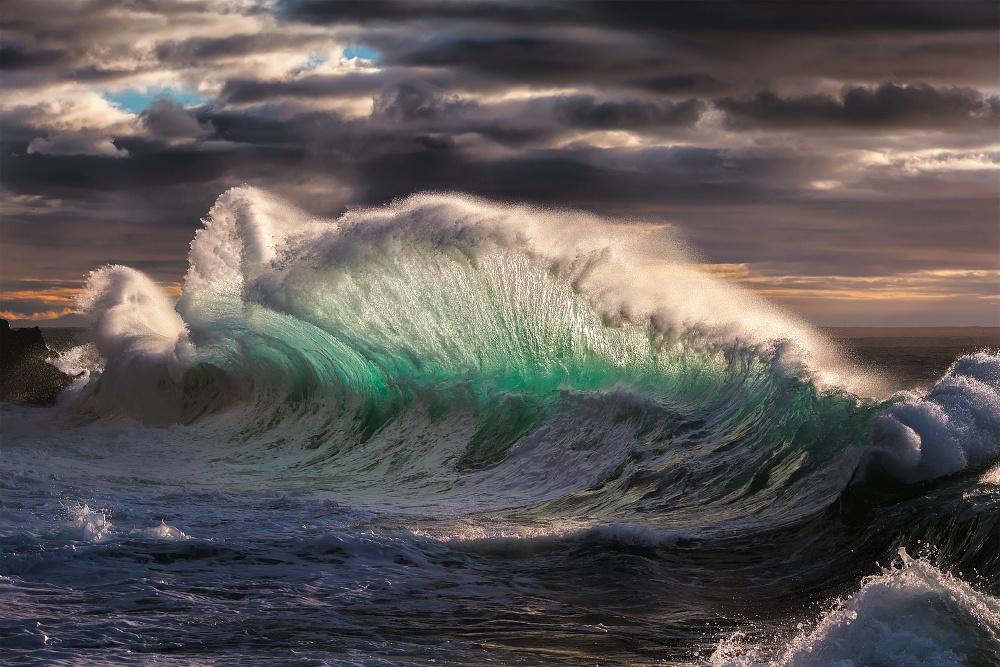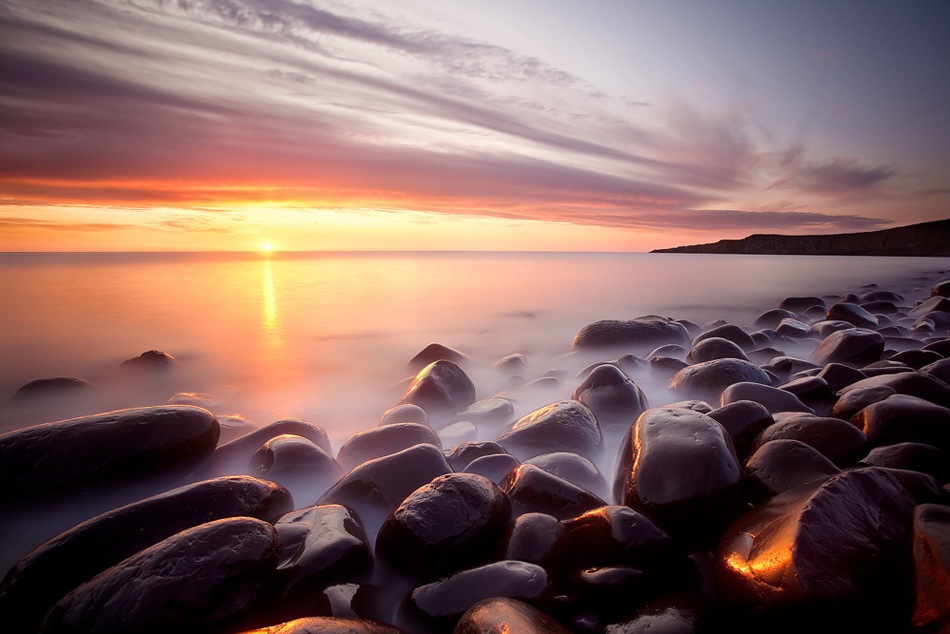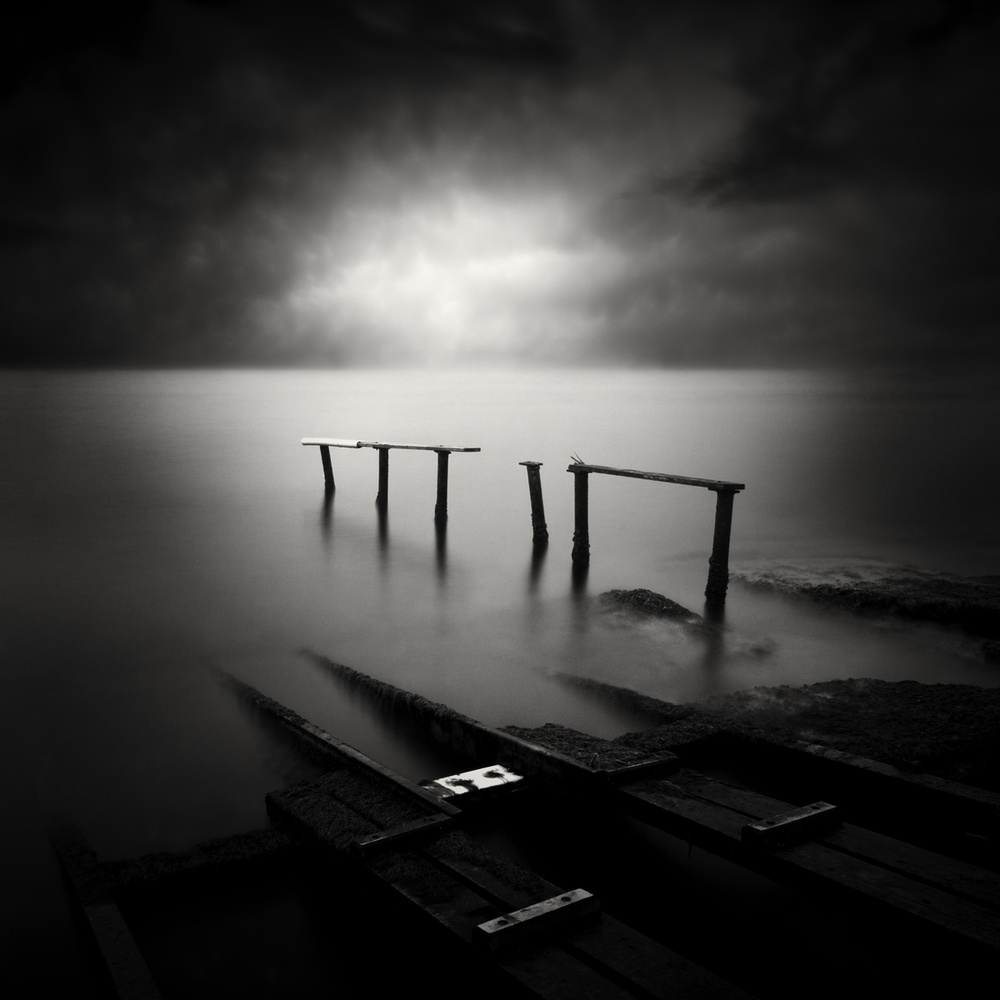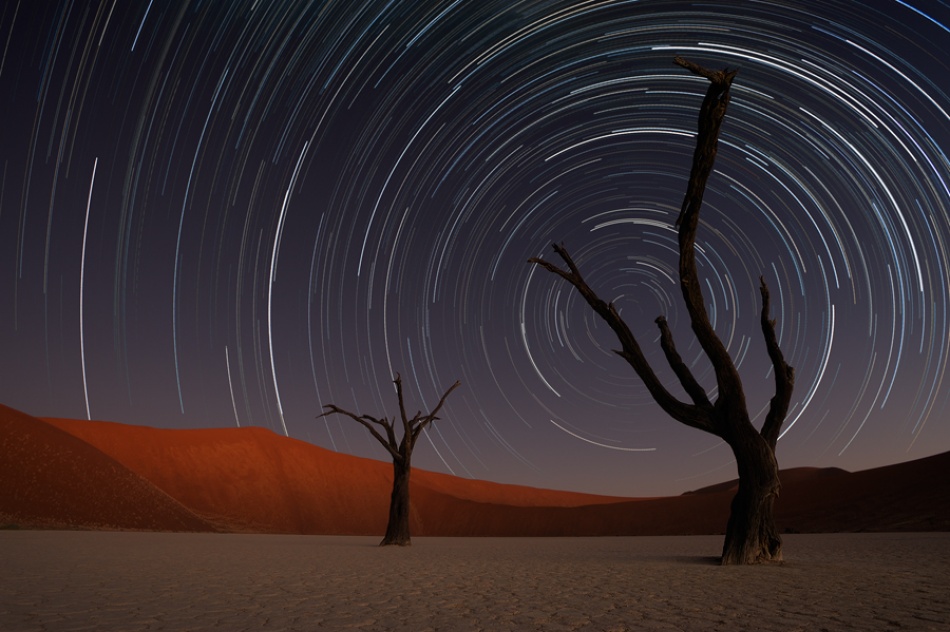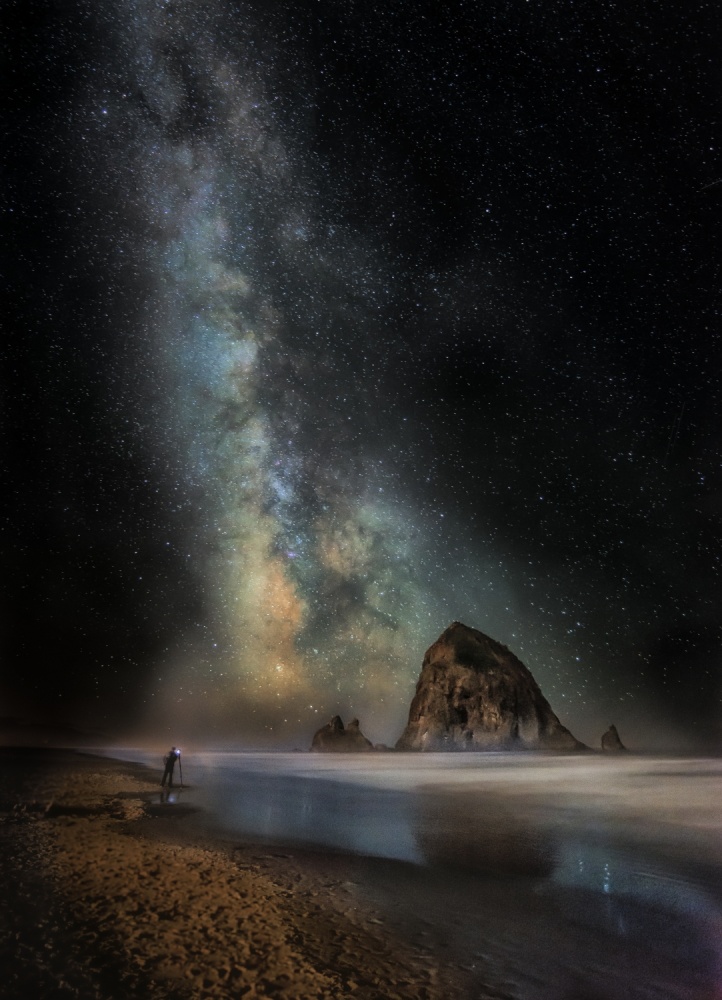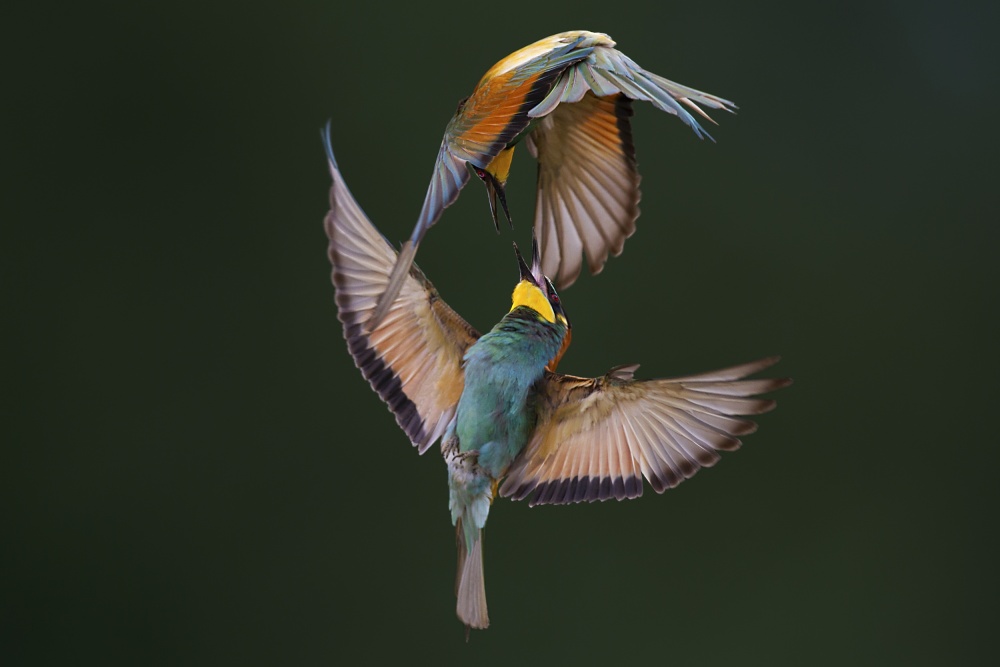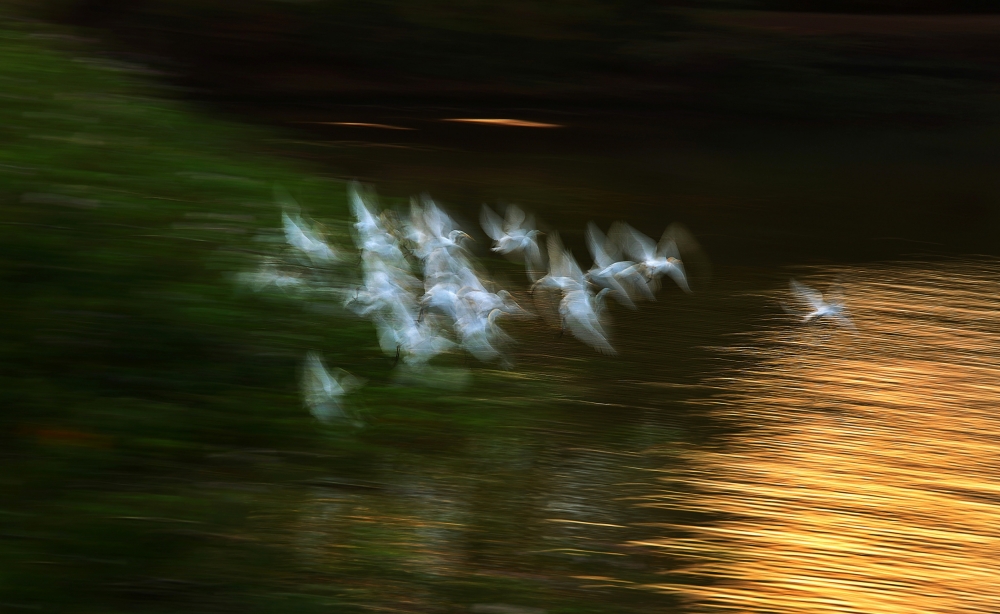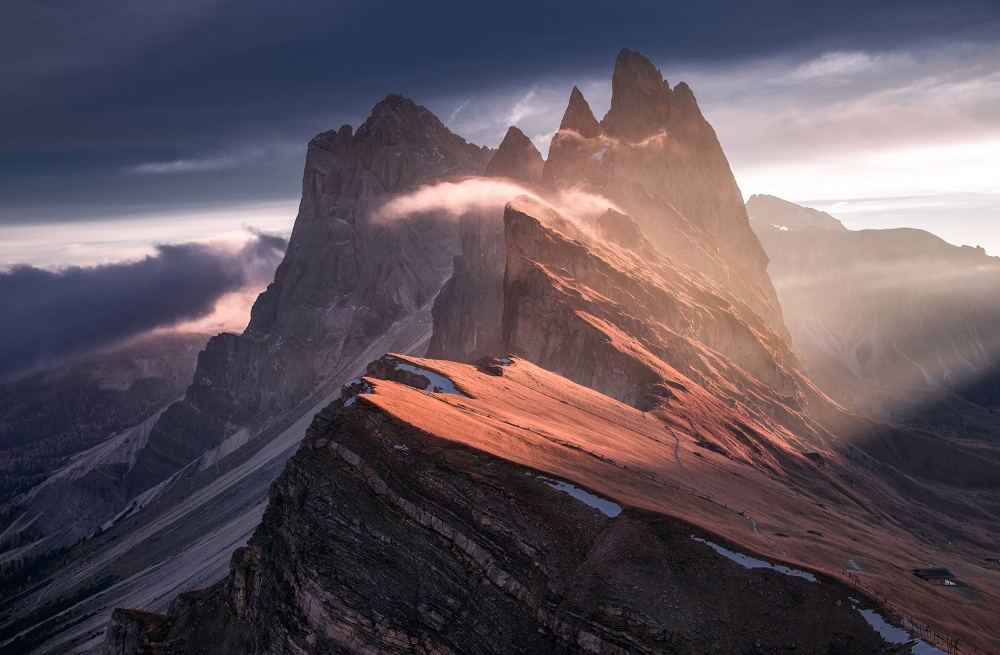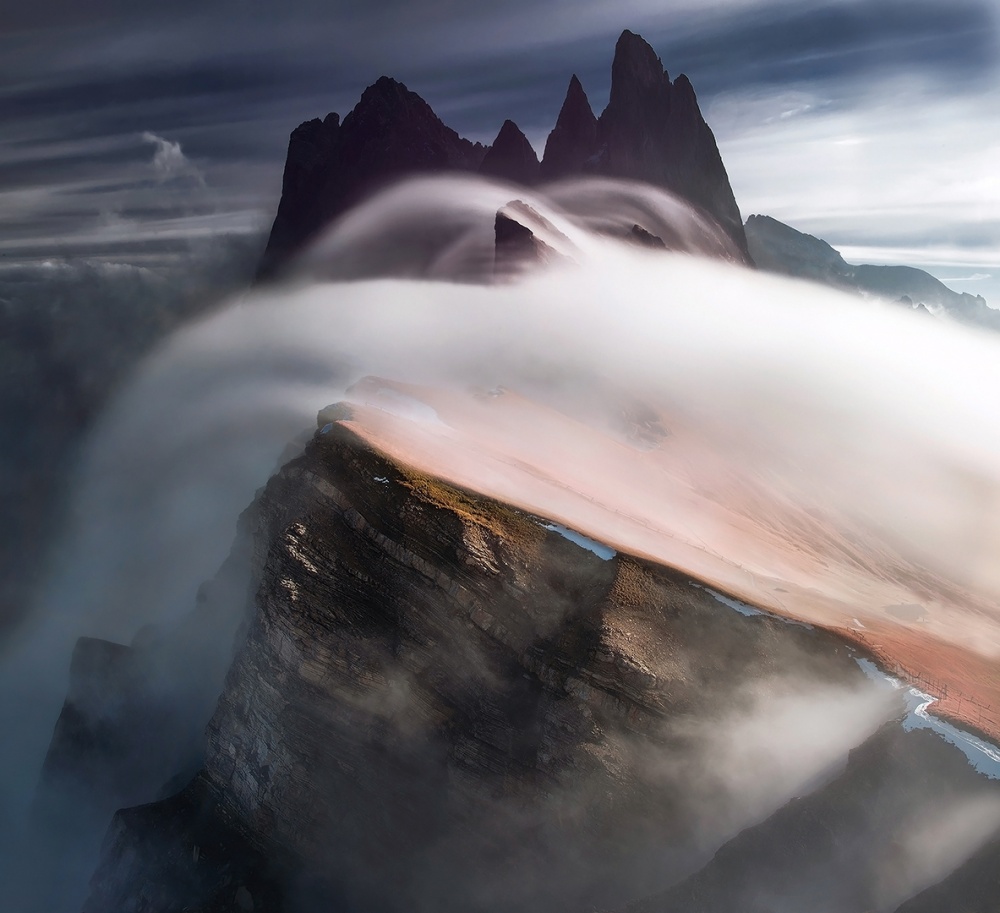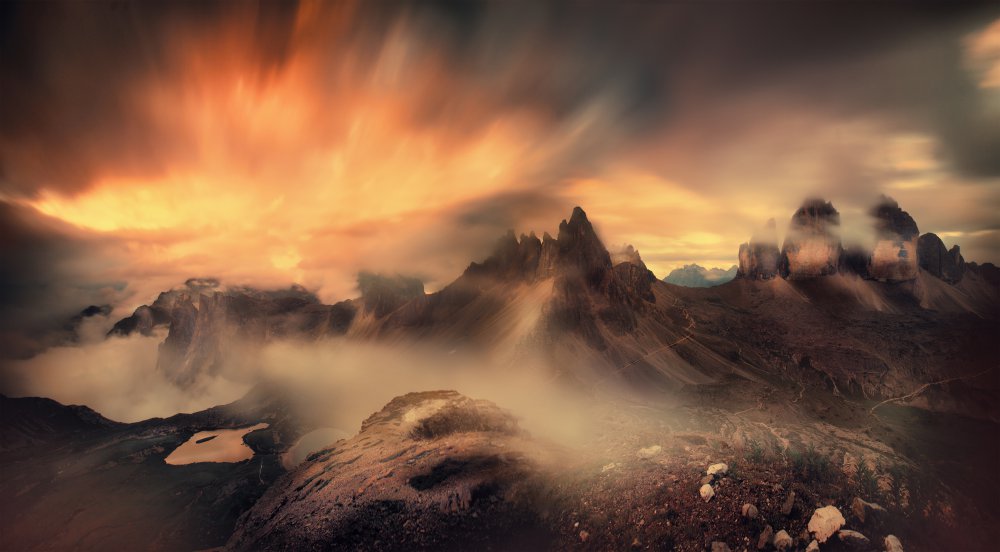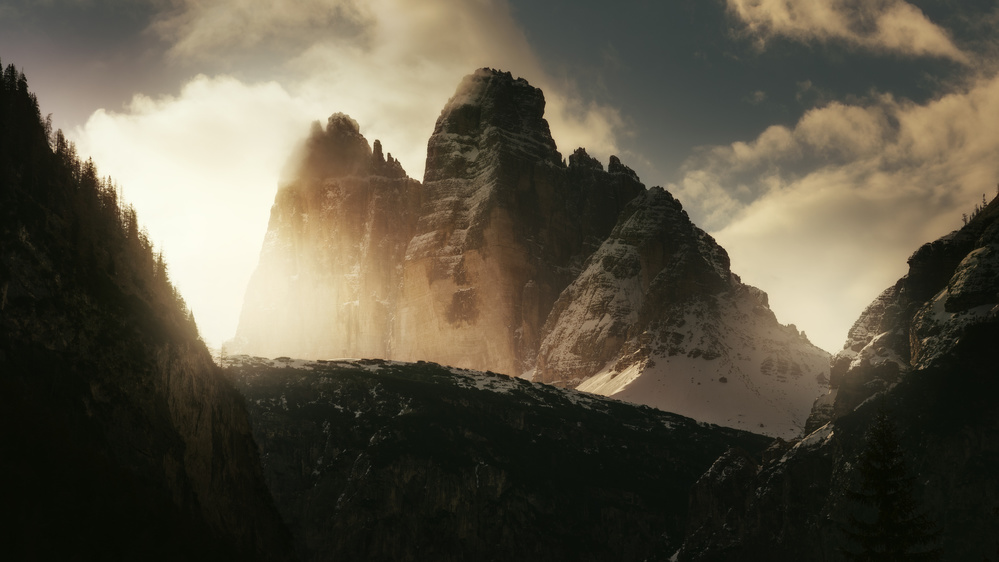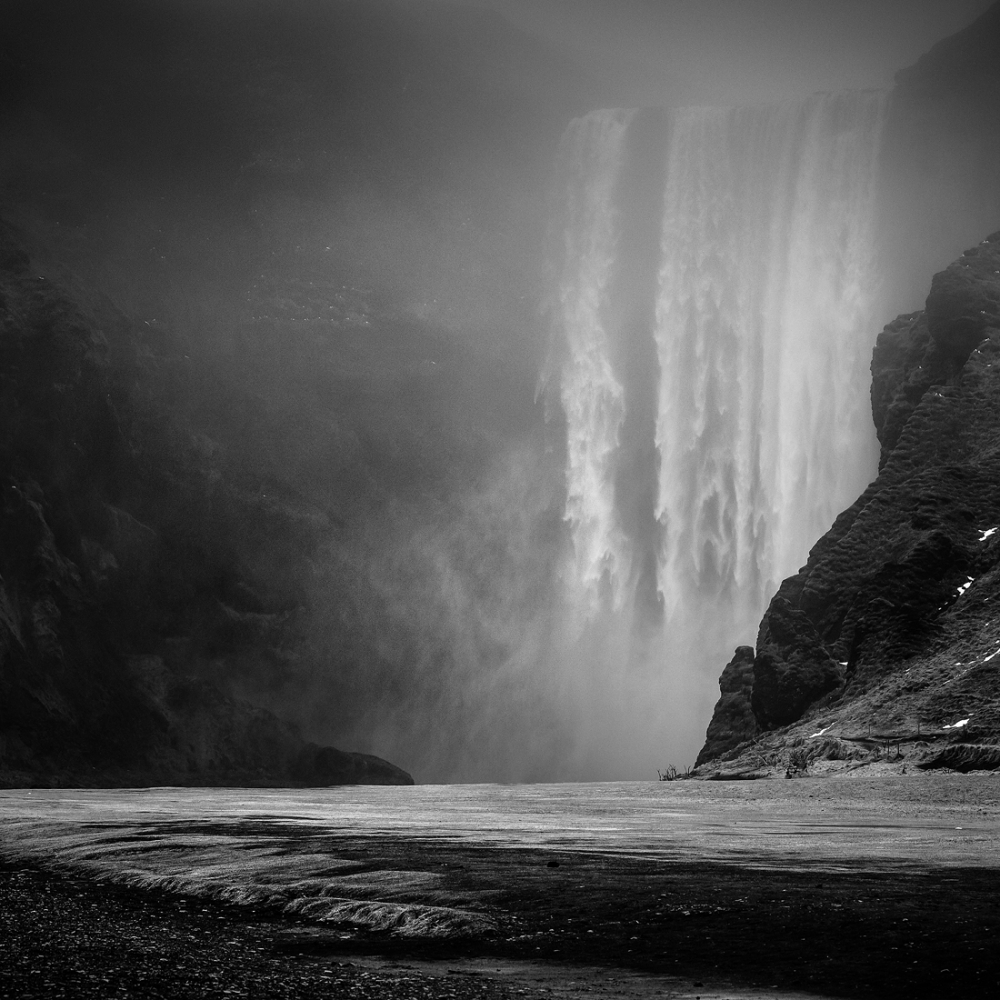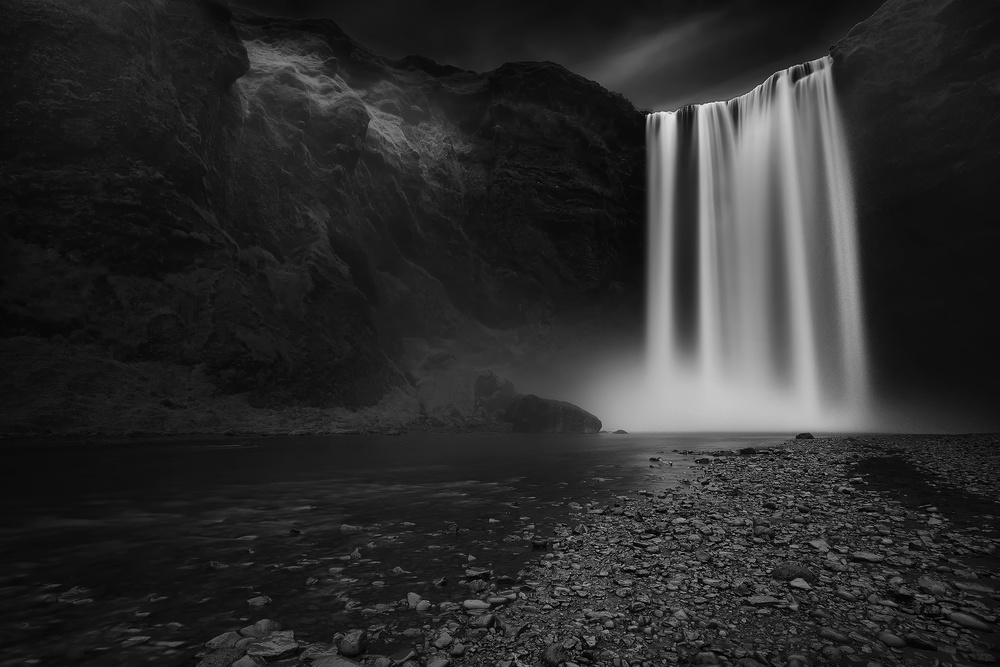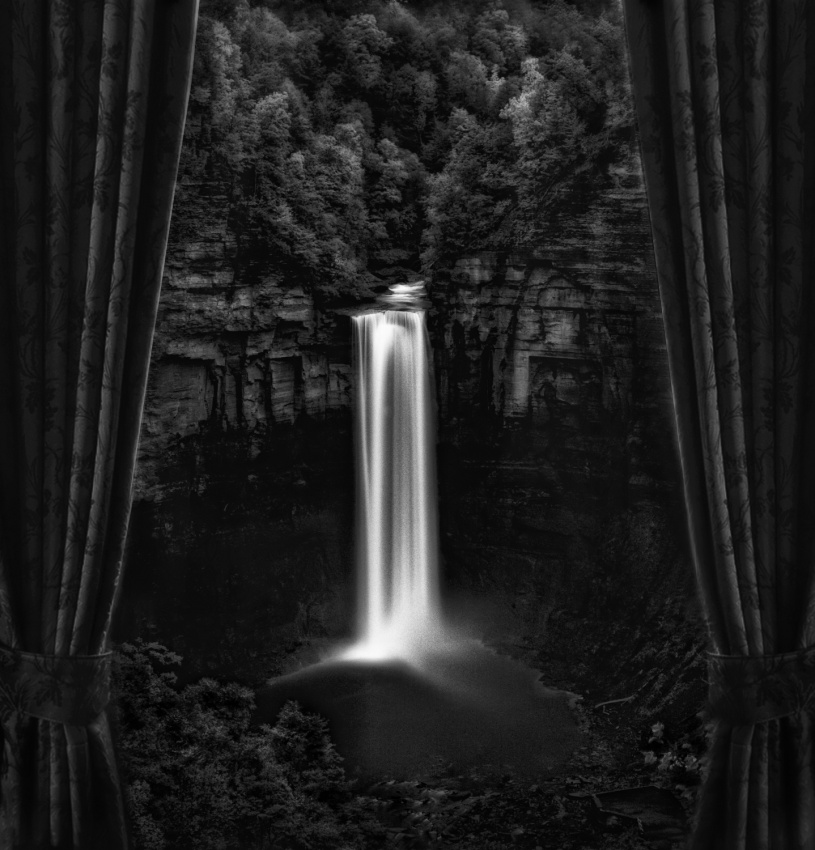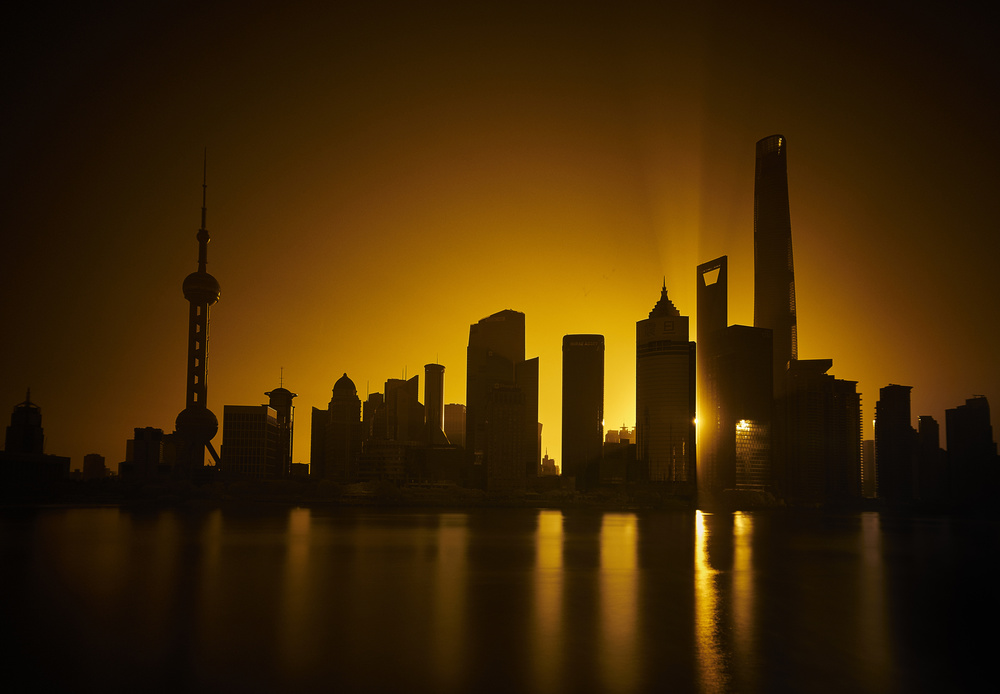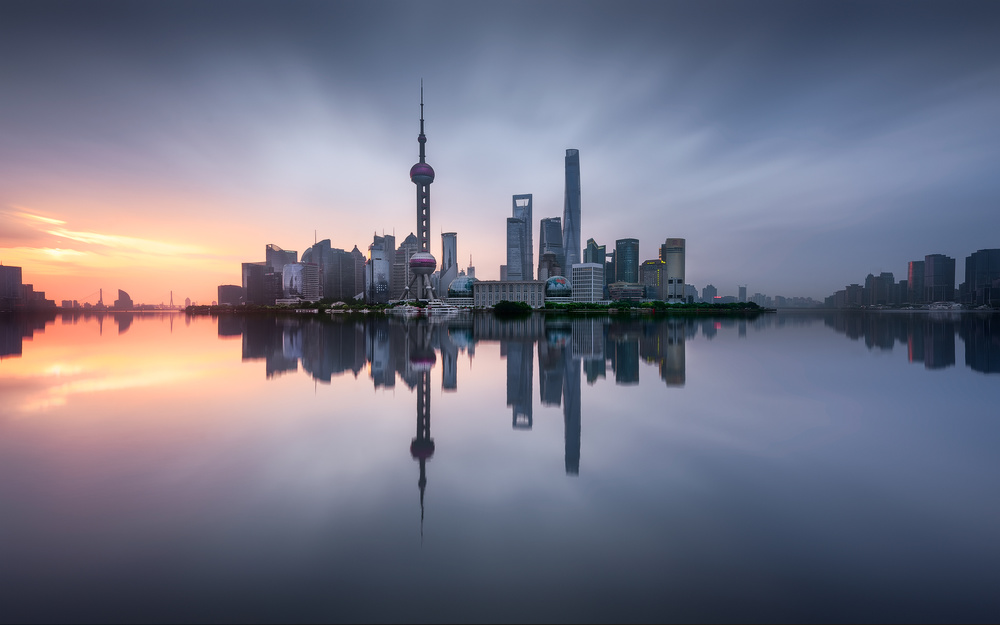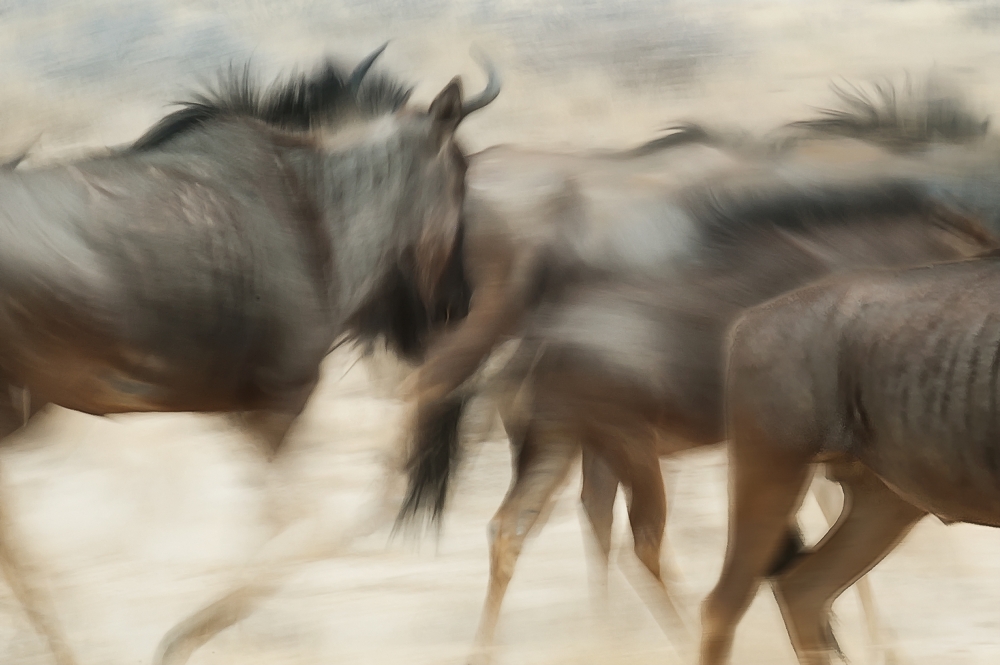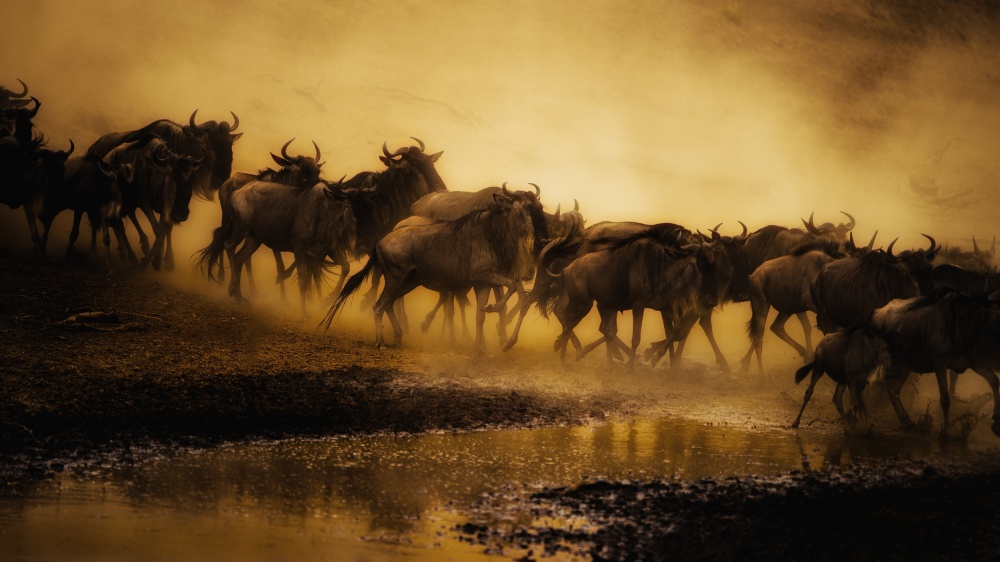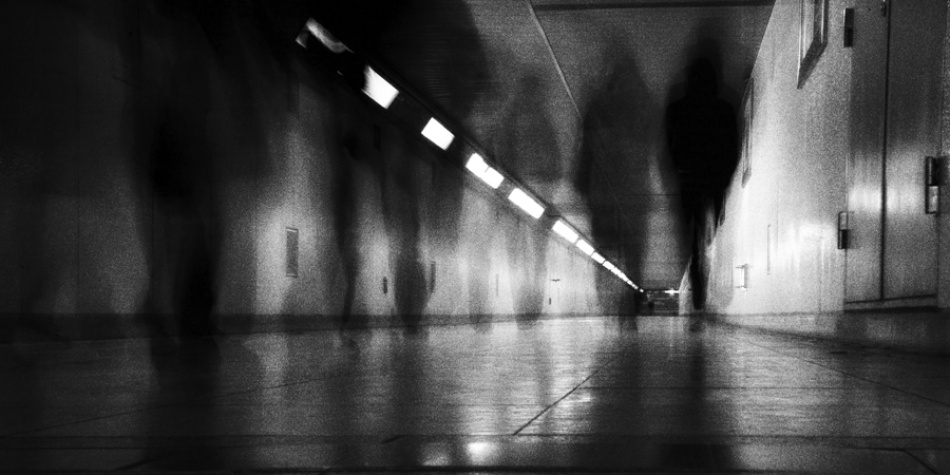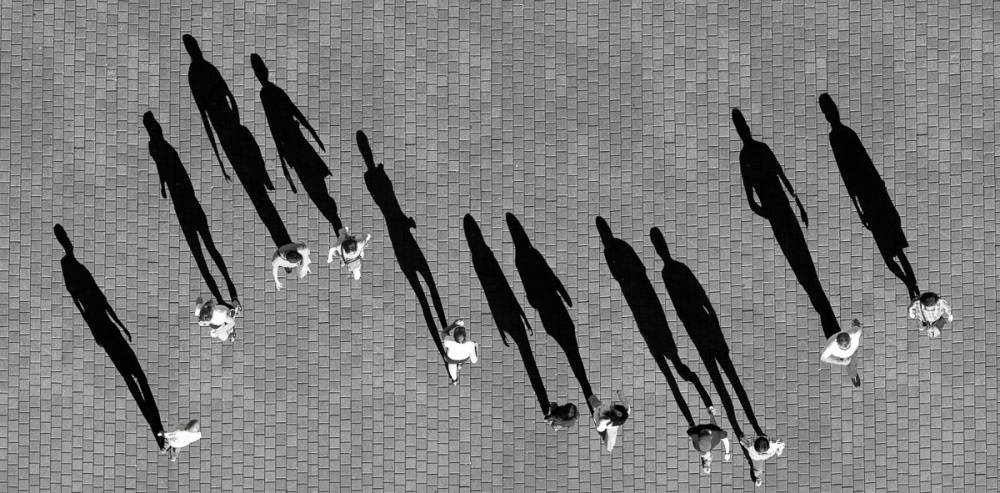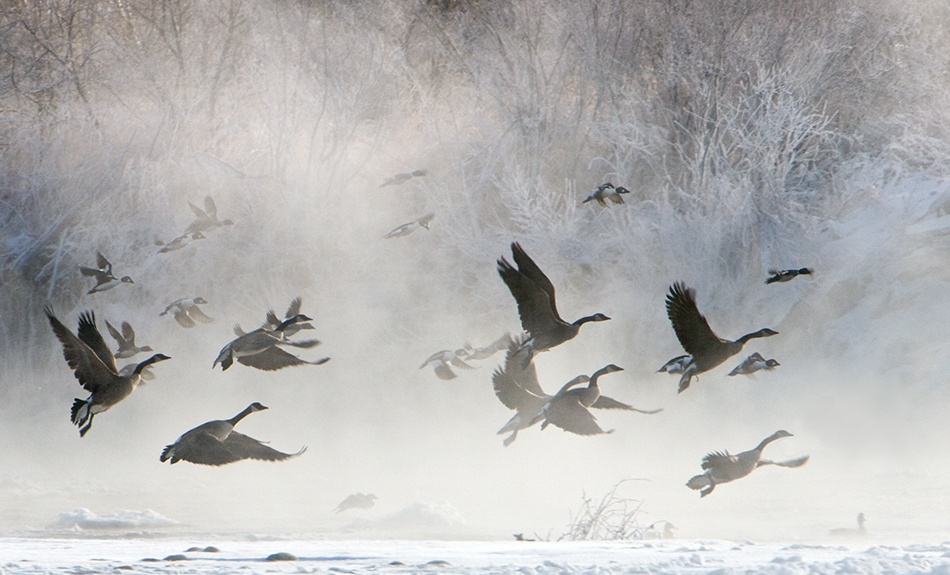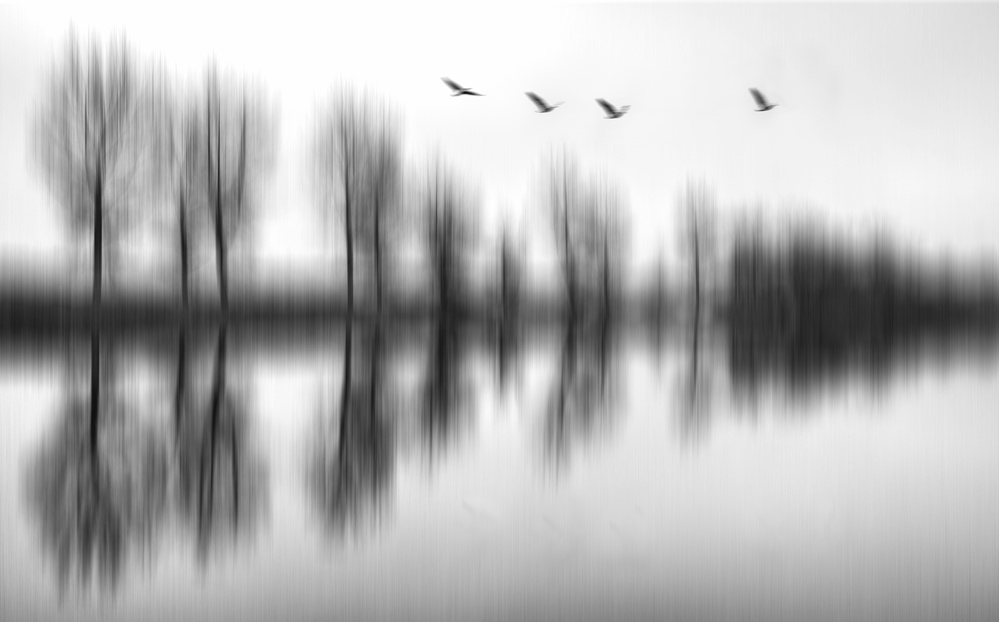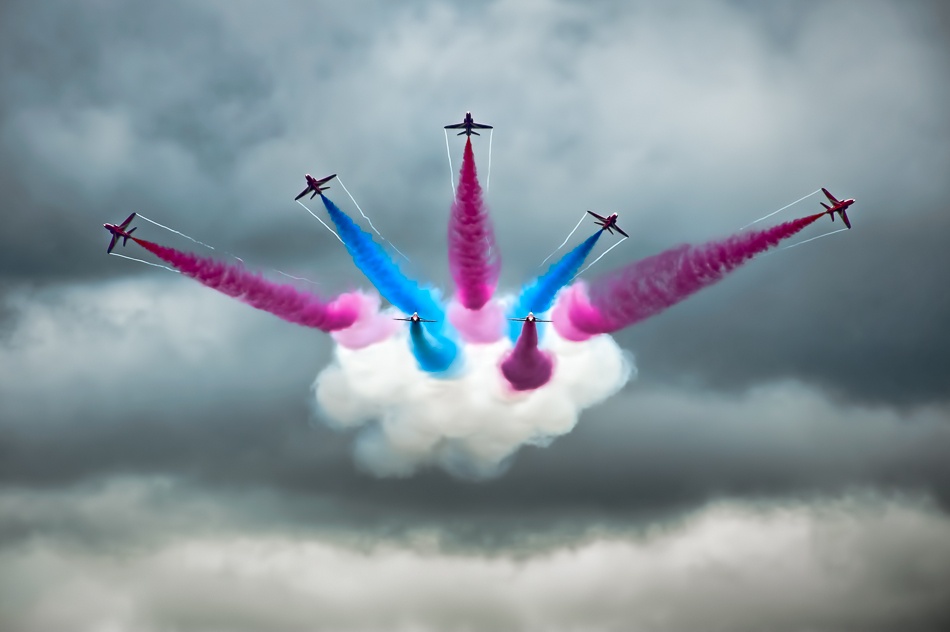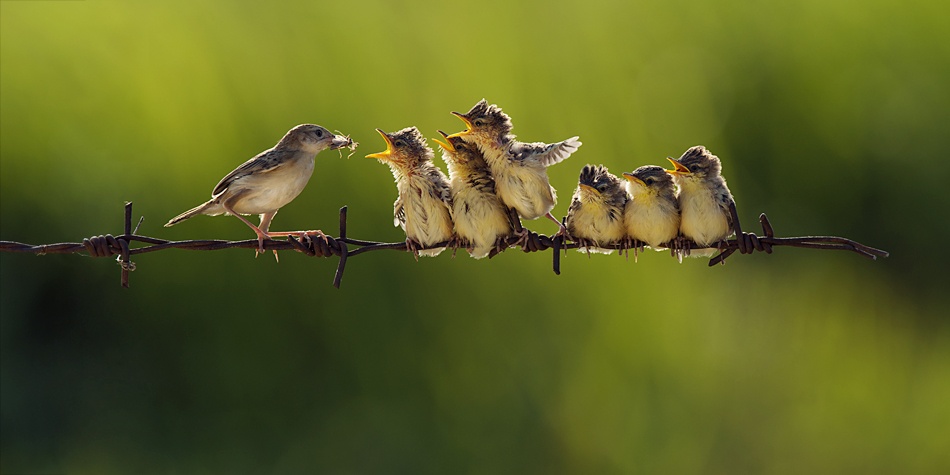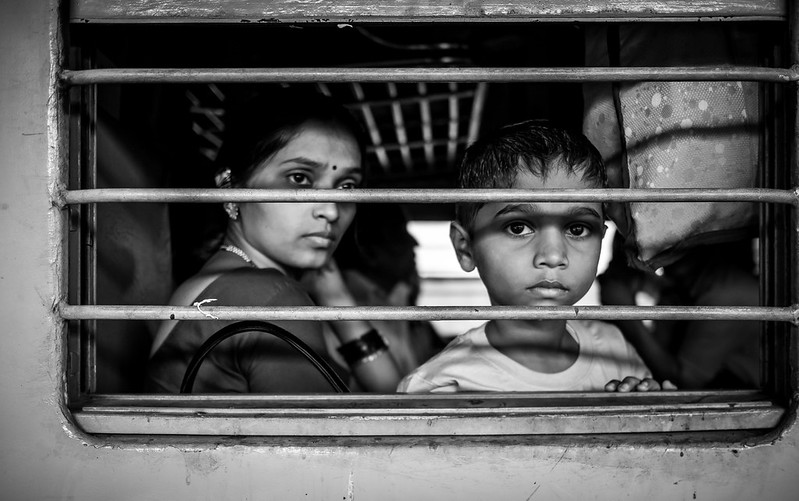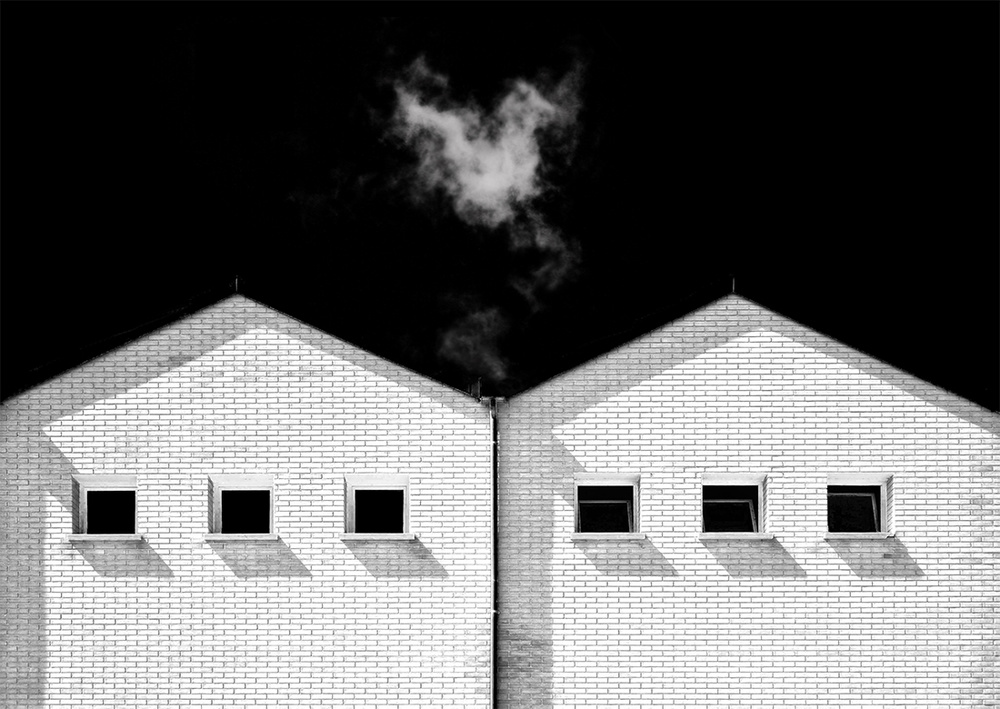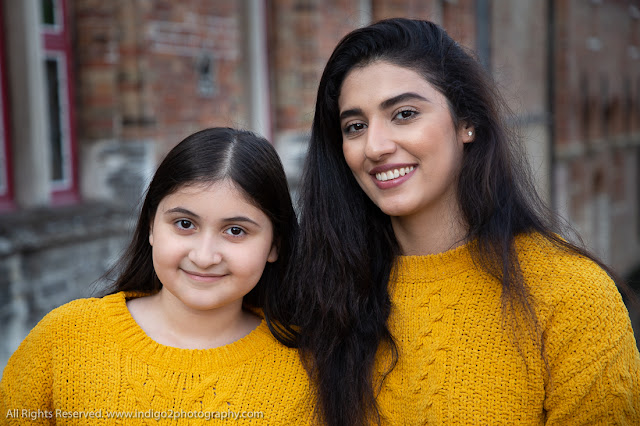Tips & Tricks
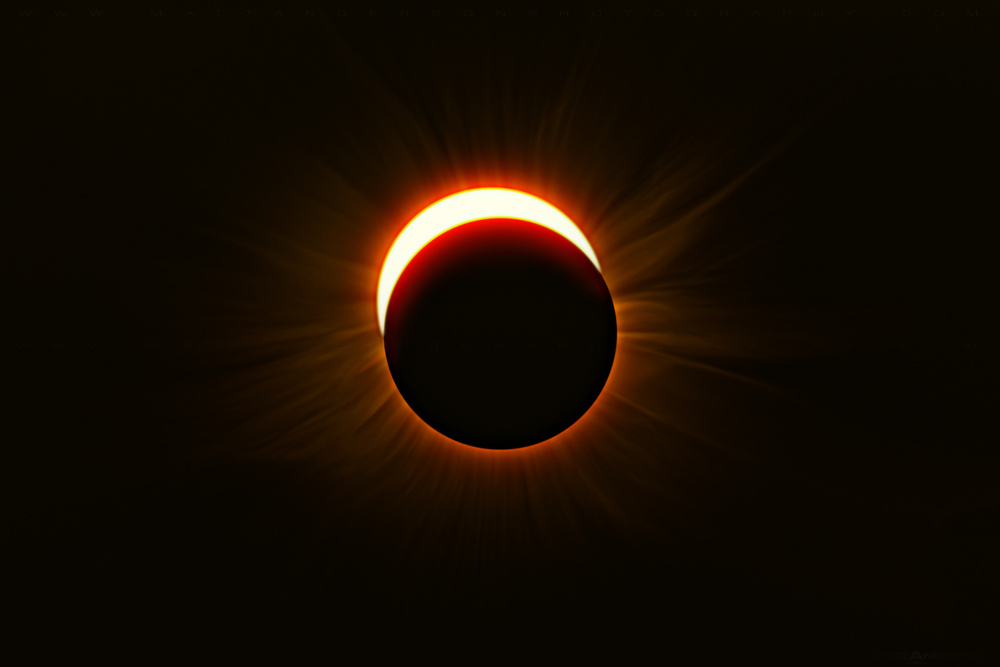
Photography and Exposure Time
1x Blog-Tips & Tricksby Editor Swapnil.
It is said that time was one of the biggest reason why people ever started to take pictures. The desire to look into the interval of time between events, the desire to analyse the passage of that time and to make an ephemeral moment into a long lasting record was basically the reason why photography first came into existence. No other medium could essentially capture time itself and by definition recording between events. It was obvious that the record we had was essentially THE “time”!
These of course were the very first observations when photography first came into inception during the days of Daguerre and Niepce where even for a portrait, the exposure times used to be high that an appreciable amount of time went through in making them.
As the technology improved, so did the demands of the world and people using a camera. It was a must to record the events between the shortest intervals of time and the longest ones. The physical quantity ‘t’ could be anywhere between 1/8000th of a second to as high as an hour or even more in some cases.
In both the cases short or long, the physical result was the same: the print.
Sports and wildlife photographers primarily needed to record the occurrences between the split seconds and other genres, like landscapes and astrophotographers, needed a larger time between the events.
The two images below are giving a simple view on how an entity like 'time' gives a different facet of similar events.
As ages passed by, artists started to distinguish themselves from the documenters. A myriad of experiments related to timings came up. It was common to see timings being shortened and elongated for pure sake of making Art rather than just to document the scientists. Landscape photographers were able to expose their film the whole night as well as just for a moment to capture the bird flying by in a split second.
Using slightly elongated times while moving the camera resulted in a totally new style- panning or intended camera motion in all genres and the effect was highly appreciated.
In general, the shutter speed defines the mood in a photograph. A fast shutter essentially creates a dynamic and powerful mood whereas a slower and longer exposure gives a timeless and melodious feeling to an image.
In both cases, it always is important that the decisive moment is recorded. The way it was taken creates the mood related to that moment. What the result is, lies in the hands of the photographer himself.
A very simple and ubiquitous example showing this effect is running water. Fast shutter speed images of waves show us the raw power of the ocean and long exposures are giving the water a silky smooth and calming effect.
One more example is photographing stars. 500 is basically the shutter speed needed if you want the stars to be pinpoint without showing trails.
On the other hand, exposing for a longer time or stacking shorter exposures can give beautiful star trails.
Apart from these examples, a plethora of images can show us the effect of varying shutter speeds resulting in different moods. There is no law or written rule for this as what works and pleases to one person may not for another.
In the following gallery, I try to juxtapose the use of shutter speeds and give you a ready reckoner in terms of moods being created due to it. It’s worthwhile to mention that the beauty of the moment didn't suffer of it. Instead, just the feeling and mood drastically changed.
I was really glad that one can find a plethora of moody images by amazing 1x you photographers. Enjoy this fine gallery!

